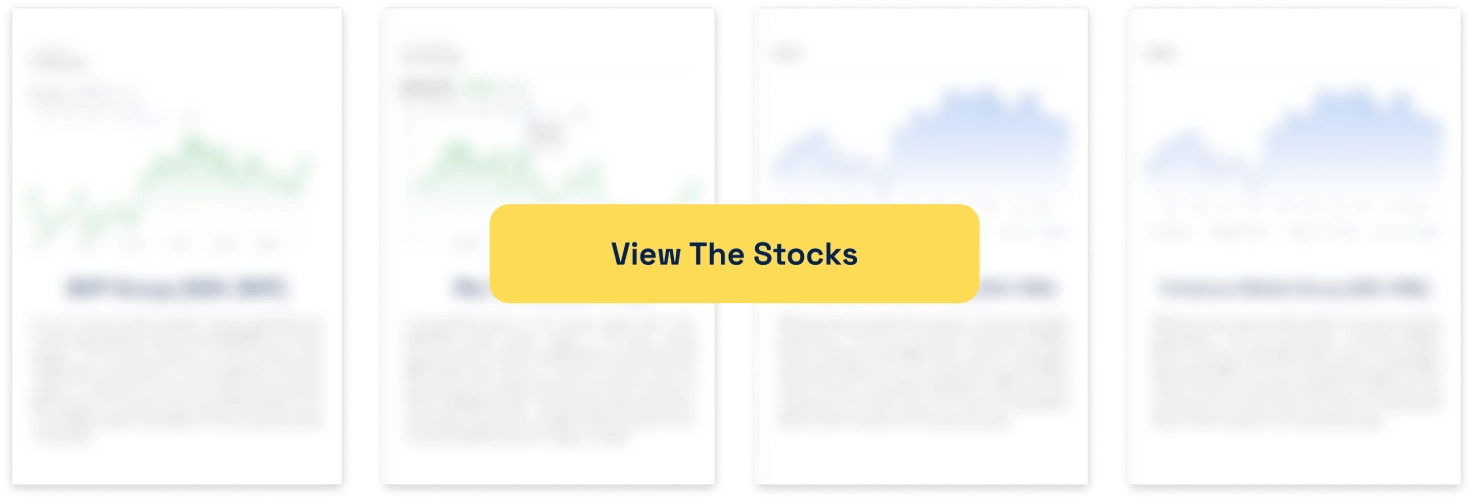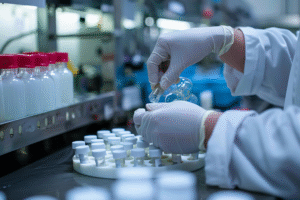Seek (ASX:SEK): One of the best ASX tech stocks, but strongly overvalued
![]() Nick Sundich, July 3, 2025
Nick Sundich, July 3, 2025
Online employment marketplace Seek (ASX:SEK) may be formally categorised as ‘Media and Entertainment’ by the ASX, although it is difficult to argue that this company is not a tech company.
This time last year, it seemed to be in the right place at the right time given the state of the labour market, still struggling with post-COVID labour shortages. But now, the tides have turned.
Who is Seek?
Seek is a provider of online employment classifieds in over 18 countries globally. It runs multiple websites, including the Seek website – covering Australia and New Zealand – JobStreet, Catho and occmundial. It has 250m unique candidate visitors per annum, and 360k hirers.
The company makes money from prospective employers that pay to have advertisements on the site. Seek also has a stake in the Seek Growth Fund that has interests in Chinese job seeker website Zhaopin and recruiting software company JobAdder. After several years of sitting under the same corporate umbrella, the Growth Fund now operates independently, albeit still owned by the parent company.
Seek was founded in 1997 by Matt Rockman, Paul Bassat and Andrew Basset. Only Andrew Basset remains on the company’s board today, although he is no longer CEO, having handed the reigns to ex-CBA boss Ian Narev. Seek was listed on the ASX in April 2005 with a market capitalisation of $587m, a figure that has grown to $9bn nearly 20 years on.
Benefited from the re-opening of the economy and labour shortages
FY21 and FY22 were solid years for Seek as the economy re-opened from pandemic hibernation. During FY22, the company made $1.1bn in revenue (up 47%) and $509.1m in EBITDA (up 53%). The company’s NPAT from continuing operations $245.5m and 81% up from FY21, although statutory NPAT from total operations was $168.8m, down 78% from the year before.
The latter set of numbers took account of discontinued operations including Zhaopin (a Chinese job site) and the Seek Growth Fund, which won’t be reflected in future results. This is because Zhaopin has been substantially sold down by Seek (but not completely), while the Seek Growth Fund will operate as a standalone business. Seek paid a dividend of 44c per share, reflecting a payout of 85% of cash NPAT less Capex, and a yield of 2.1%.
A more difficult FY23-FY25
FY23 and FY24 were more difficult and FY25 is proving to be as well. For FY23, the company initially issued guidance of $1.25-$1.3bn in revenue (up ~16%), $560-$590m in EBITDA (up 13%) and $250-$270m NPAT (up 6%). This guidance assumed that largely positive economic conditions continued, and that costs were in line with expectations.
In early April 2023, however, it cut its revenue guidance for FY23. It was only a 1.2% reduction, from $1.26bn to $1.245bn, but enough to send shares down 5% that morning. This was the ultimate revenue result, yet it was up 10% from the year before. The company’s reported NPAT was $202.7m, down 16% from the year before, although the adjusted figure was $255m, excluding the Growth Fund. Job volumes moderated in FY23 and job market is tight with record low unemployment.
Turning to FY24, it made $1.16bn revenue, down 17%. Now it is true that this included discontinued operations, but even revenue from continuing operations was down 6%. Its adjusted profit was $179m (down 31%) and its ‘reported’ profit was not a profit at all but a $100.9m loss. Ian Narev blamed a reduction in job ads from a record high and the impairment of its Zhaopin investment. Its Growth fund closed with a $2.1bn value, a figure up 26% since its creation, but down 9% in 12 months.
For FY24, Seek initially issued guidance of $1.02-1.14bn revenue (down again even at the upper extreme) and an adjusted profit of $130-180m. The company would go on to narrow the guidance to $1.06-1.10bn revenue and $135-160m profit and as of mid-May 2025, thinks it is ‘likely to be in the top half of [the] range’. It claims that the upgrade of its ad tiers will help, plus proceeds from a partial selldown of its stake in Employment Hero.
Seek is looking into AI, it created an executive position focused on it. What does it hope to get out of it? Obviously, both candidates and hirers on the platform. Candidates want confidence they’re seeing relevant opportunities, potentially tailored to them and to stand out to the right employers. And hirers want a return on their investment, to stand out as employers and reach relevant candidates.
Seek hopes new AI products will attract a premium for hirers willing to pay for a better experience and more likelihood of a right outcome. Ads sent exclusively to high-fit candidates, high exposure in search, promoting their own ads on competing ads and exclusivity on their ads. And it claimed at its investor day that it is already reaping dividends.
The company spent a few months in late 2024 looking like it was going to buy reference checking software Xref (ASX:XF1) for $41m. Even though Xref’s board and an independent expert endorsed the deal, Xref’s investors said no (well 67.6% said yes, but 75% was required). So, Seek has been forced to make its own solution.
What does the future hold?
But even with all this said, the FY25 results won’t be that much to be excited about, but any potential FY26 guidance could be. Analysts covering Seek expect flat revenue of $1.08bn and $0.42 EPS, or a $149m profit. But for FY26, analysts expect $1.2bn revenue and a $199m profit, followed by $1.3bn revenue and a $264m profit.
Analysts’ mean target price of $26.95 – a 12% premium to the current price, yet a discount to the company’s all time high. And its P/E is 42.5x for FY26, and its PEG is 2.4x.
There are risks, but some of the risks could also be an opportunity
The biggest risk with the company is macroeconomic conditions continuing as they are, meaning less jobs on the platform, and the company’s revenues and earnings as a consequence. Seek’s shares fell by nearly two thirds between October 2007 and March 2009, between the ASX’s pre-GFC peak and its GFC low. During the Corona Crash, in February and March 2020, Seek suffered a 40% share price plunge.
Nonetheless, it may not be all bad. Remember that Seek exploited the GFC to start buying into JobStreet, a move that gave the company its first major step into the broader Asia-Pacific region. Notwithstanding those two potentially mitigating factors, we still think investors should be aware of this risk.
More risks!
We see three further risks to Seek:
Firstly, a cyber attack, something would likely impact the company worse than Medibank considering its global reach and higher user base. Secondly, increasing industry competition. Unlike some comparable ASX companies that have the market virtually to themselves, such as REA (ASX:REA), Seek faces competition from other platforms such as LinkedIn, CareerOne and Indeed. And thirdly – and ironically – the tight labour market could be something that impacts Seek itself, making it difficult to attract and retain staff.
Tough to see it outperforming
Ultimately, as long as the labour market remains as tight as it is, we cannot see it recording the revenue and profit growth at levels that would justify a higher valuation than the stock is valued at right now.
What are the Best ASX Stocks to invest in right now?
Check our buy/sell tips
Blog Categories
Get Our Top 5 ASX Stocks for FY26
Recent Posts
Cynata Therapeutics Completes Phase 2 Enrollment- Buy Before June or Wait for the Data?
Cynata Therapeutics (ASX: CYP) has completed patient enrollment in its Phase 2 clinical trial of CYP-001 for acute graft versus…
Neuren Pharmaceuticals (ASX:NEU) Gets FDA Approval- Is It a Buy?
Neuren Pharmaceuticals (ASX: NEU) rose 2.5% yesterday after the US FDA approved DAYBUE STIX, a new powder formulation of its…



